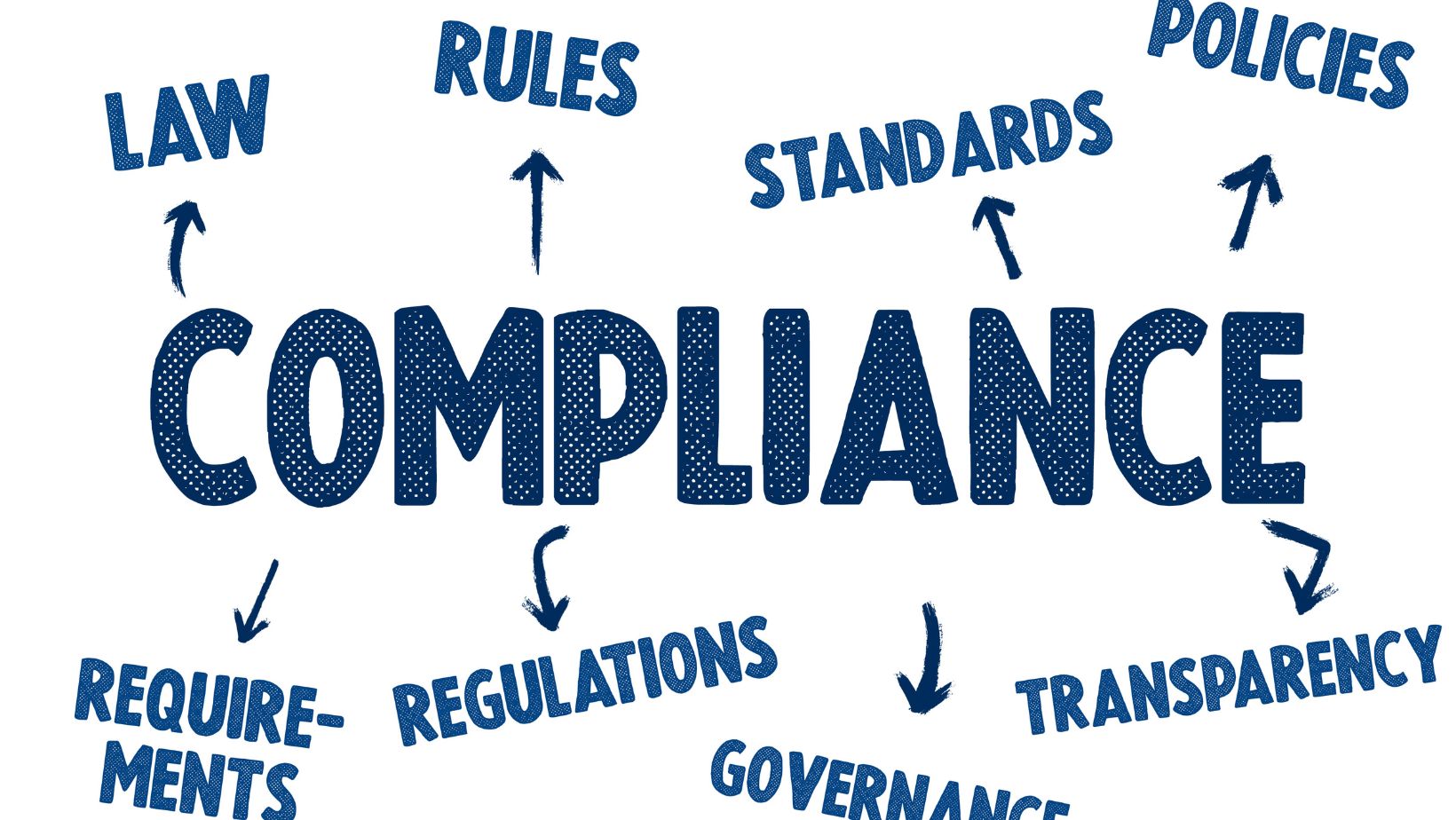
Regulatory requirements are ever-changing, keeping businesses on their toes. Failing to comply with industry laws isn’t just about paying fines—it’s a more bottomless financial drain. Companies must stay proactive or risk significant losses in multiple areas. Cutting corners isn’t worth it, whether financial penalties, reputational damage, or legal repercussions.
Even minor oversights can have lasting consequences, affecting growth and credibility. While some businesses try to manage compliance manually, this approach often leads to human errors. Investing in compliance management tools is essential for preventing these costly mistakes. Let’s explore the hidden costs of non-compliance and how the right tools can help mitigate them.
Financial Penalties That Add Up Fast
Regulatory bodies enforce strict guidelines, ensuring businesses meet safety, security, and ethical standards. Non-compliance often results in hefty fines, with costs escalating based on the severity of violations. In some industries, penalties can reach millions, draining resources meant for growth. Organizations that neglect these rules often pay more damages than they would have spent on prevention. The worst part? These expenses can be avoided with proper strategies in place.
Beyond monetary losses, frequent violations can trigger audits, increasing operational strain. Government agencies scrutinize repeat offenders, leading to stricter oversight and additional costs. The more violations a business accumulates, the higher the financial burden becomes. When companies take regulatory adherence lightly, they pay far more than necessary. Proactive monitoring ensures operations stay within legal limits, avoiding unnecessary expenses.
Reputational Damage and Lost Trust
A business’s reputation is one of its most valuable assets. Once credibility is tarnished, regaining public trust is a steep climb. Customers prefer organizations that prioritize integrity and compliance with regulations.
News of violations spreads quickly, damaging relationships with clients, partners, and stakeholders. Even a single failure can deter future business opportunities.
Negative publicity lingers far longer in the technological era. Social media amplifies failures, making damage control more difficult. Companies that repeatedly fall short of standards develop a poor industry reputation. Regulatory breaches make investors hesitant, leading to declining stock values. A well-maintained framework helps preserve business integrity and ensures longevity.
Increased Legal Risks and Lawsuits
Legal trouble is one of the most significant consequences of non-compliance. Companies that ignore regulations risk facing lawsuits, settlements, and long courtroom battles. Litigation expenses pile up quickly, affecting budgets and straining internal resources. Even when businesses win cases, legal fees alone can be devastating.
Beyond financial strain, legal battles disrupt daily operations. Employees spend valuable time handling disputes instead of focusing on core responsibilities. Long-term legal entanglements affect morale and productivity. Settlements or court rulings can require expensive policy overhauls. Staying ahead of legal obligations reduces these risks, protecting businesses from unnecessary legal battles.
Operational Disruptions and Reduced Efficiency
When compliance isn’t a priority, organizations face operational disruptions. Regulatory violations often result in shutdowns, product recalls, or revoked licenses. These setbacks create significant workflow inefficiencies and delay essential processes. Teams scramble to address failures, diverting attention from key business objectives. The longer it takes to resolve these issues, the more revenue a company loses.
Additionally, unstructured compliance strategies increase inefficiencies. Without automated systems, tracking regulatory requirements becomes cumbersome. Employees spend hours managing records manually, increasing the likelihood of human errors. Modern solutions eliminate these challenges by automating tracking, reducing downtime, and improving accuracy. This allows businesses to focus on innovation rather than damage control.
Employee Strain and Productivity Loss
Non-compliance affects finances and employees. Regulatory failures often create stressful work environments, leading to higher turnover rates. Staff members feel overwhelmed when responsibilities aren’t managed efficiently, leading to burnout, reduced productivity, and frequent errors. Workflows become chaotic, resulting in missed deadlines and operational bottlenecks.
When companies lack structured systems, employees must manually keep track of requirements. This increases administrative burdens and limits time spent on value-driven tasks. Workplace dissatisfaction rises when regulatory adherence failures lead to sudden policy shifts. Streamlining processes through automation alleviates these pressures, creating a more efficient and focused workforce. Employees perform better when the tasks are simplified and integrated into daily operations.
The Role of Technology in Preventing Costly Mistakes
Technology plays a pivotal role in safeguarding businesses from compliance-related setbacks.

Automated solutions reduce the risks associated with human error, ensuring consistency in regulatory adherence. Digital platforms track policy changes, alerting teams about updates in real time. This prevents accidental violations caused by outdated information. Automated systems reduce risks and improve reporting accuracy.
Businesses gain instant access to data, making audits smoother and less stressful. Integrating existing workflows enhances efficiency, allowing teams to stay ahead of regulatory requirements. Investing in the right technology minimizes disruptions and keeps operations running seamlessly. These advancements ultimately save businesses time and money while strengthening their efforts. This constant visibility ensures long-term operational stability.
Training and Awareness for Compliance Success
A well-informed workforce is a company’s first defense against regulatory breaches. Regular training programs ensure employees understand compliance requirements and their roles in maintaining them. Interactive workshops, online modules, and real-time updates keep staff aware of changing regulations. Encouraging a culture helps mitigate risks and fosters accountability at every level. Businesses that invest in ongoing education reduce errors and enhance overall effectiveness.
Ongoing assessments and refresher courses help reinforce essential knowledge among employees. Leadership involvement in regulatory adherence initiatives encourages a top-down commitment to regulatory adherence. Simulation-based training enhances engagement and prepares teams for real-world scenarios. A structured training approach helps prevent knowledge gaps that may lead to violations. Compliance education should be an ongoing process that evolves alongside regulatory requirements.
Choosing the Right Compliance Solution
Finding the best regulatory management tool requires careful consideration. Businesses should assess their industry’s unique requirements before selecting a solution. Key factors include automation capabilities, reporting accuracy, and user-friendliness. A system that aligns with existing workflows ensures seamless integration without causing operational delays.
Additionally, expandability is essential. Companies must choose solutions that adapt to evolving regulations without requiring frequent upgrades. Customizable features enhance flexibility, allowing businesses to tailor strategies. Vendor support and security measures also play a role in selecting the right platform. Reliable solutions provide ongoing assistance and robust data protection, ensuring uninterrupted management.
Compliance management tools prevent financial, legal, and operational setbacks. Businesses that invest in modern solutions minimize risks and improve efficiency. Non-compliance leads to unnecessary costs, making proactive strategies essential for long-term success. Digital platforms simplify regulatory tracking, ensuring companies meet legal requirements without hassle. By leveraging the right technology, organizations safeguard their reputation and maintain sustainable growth.


